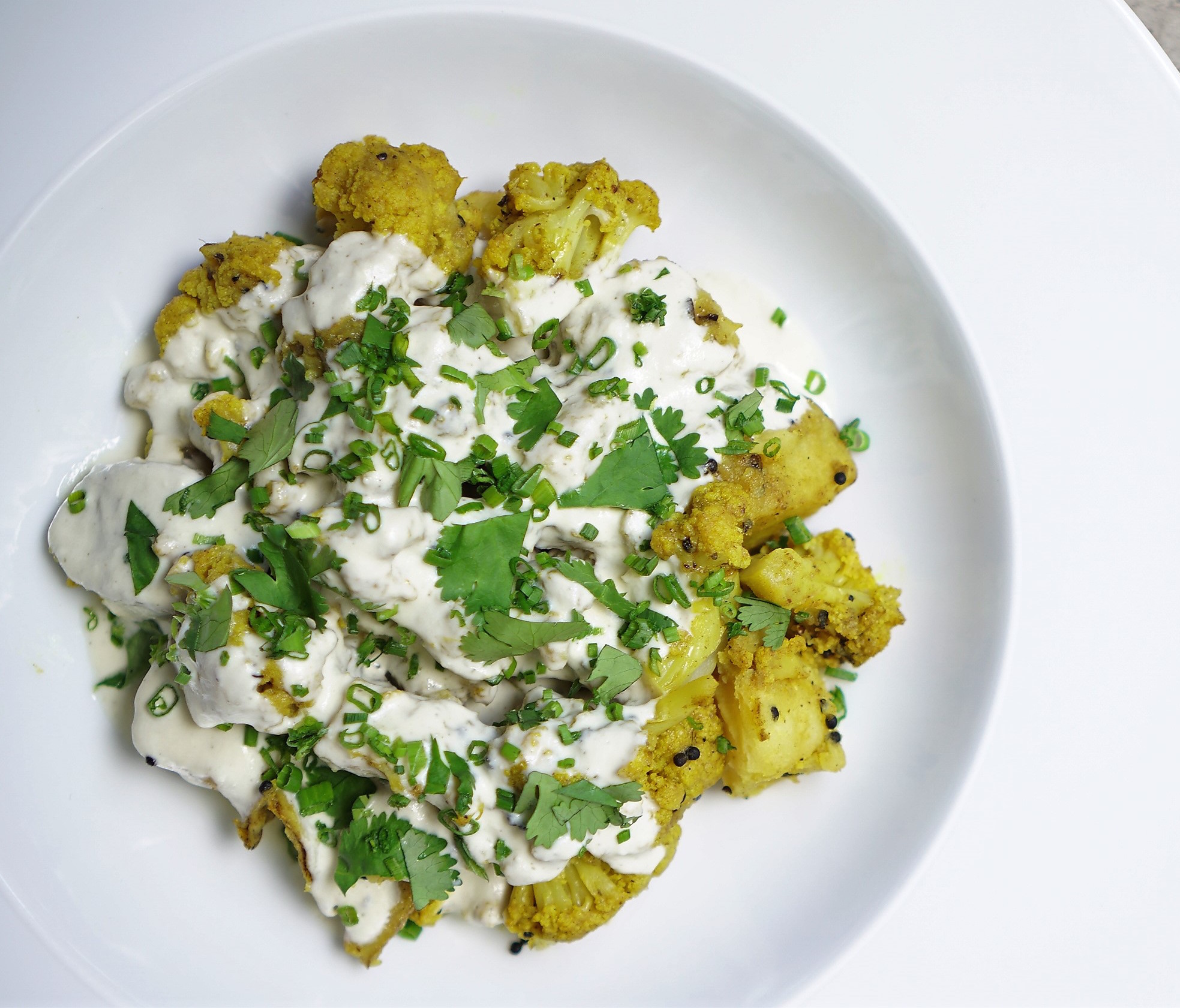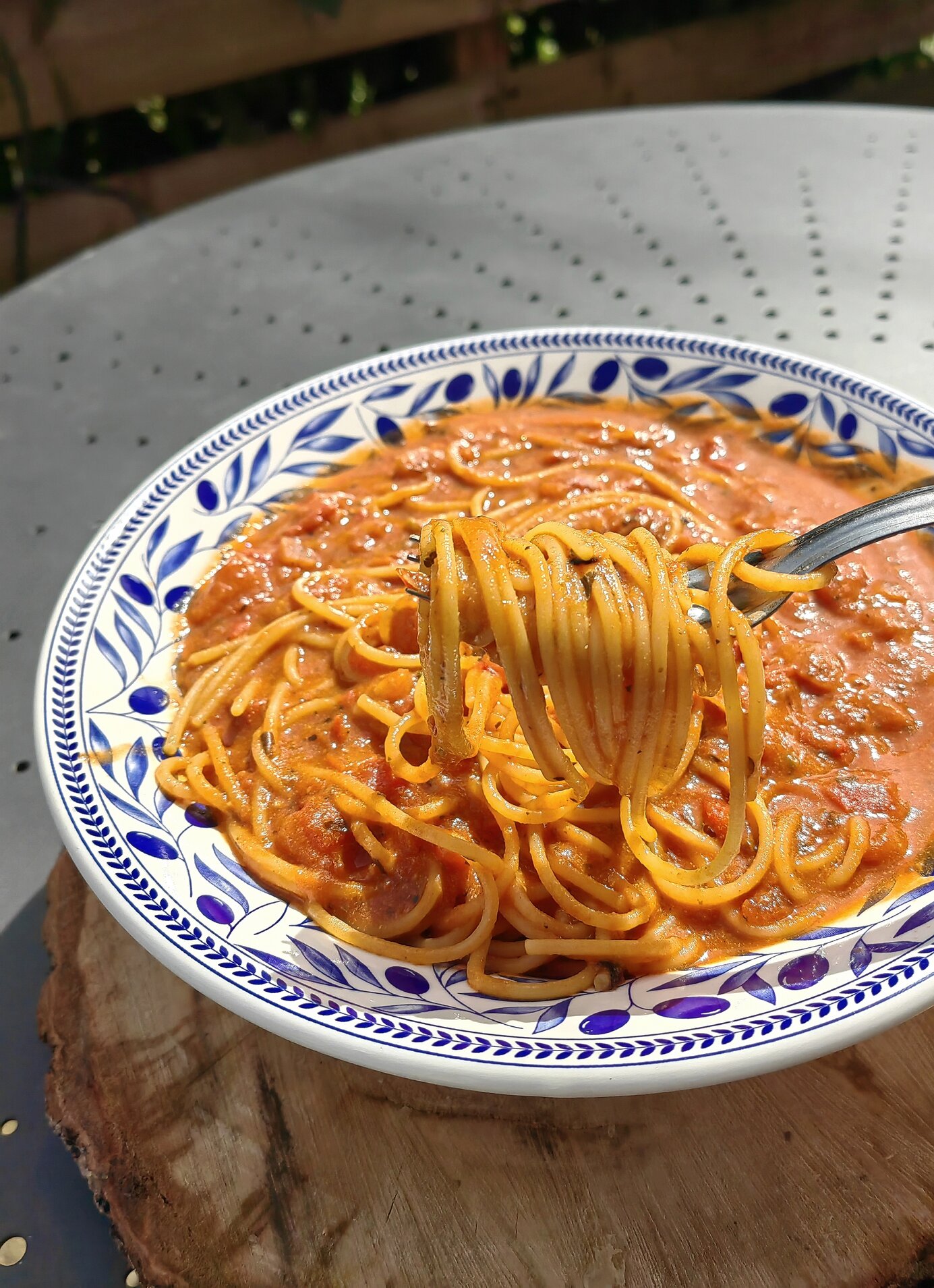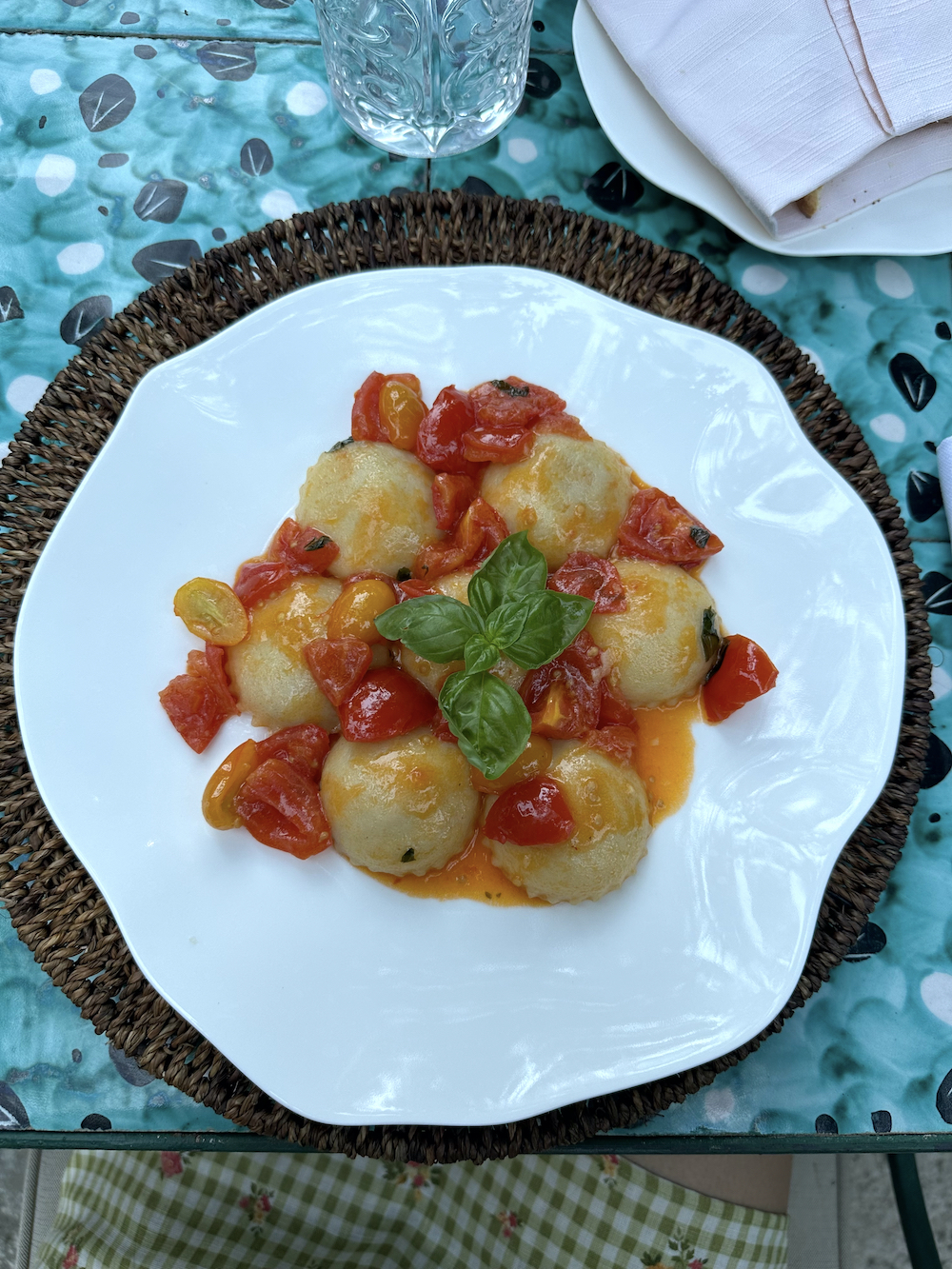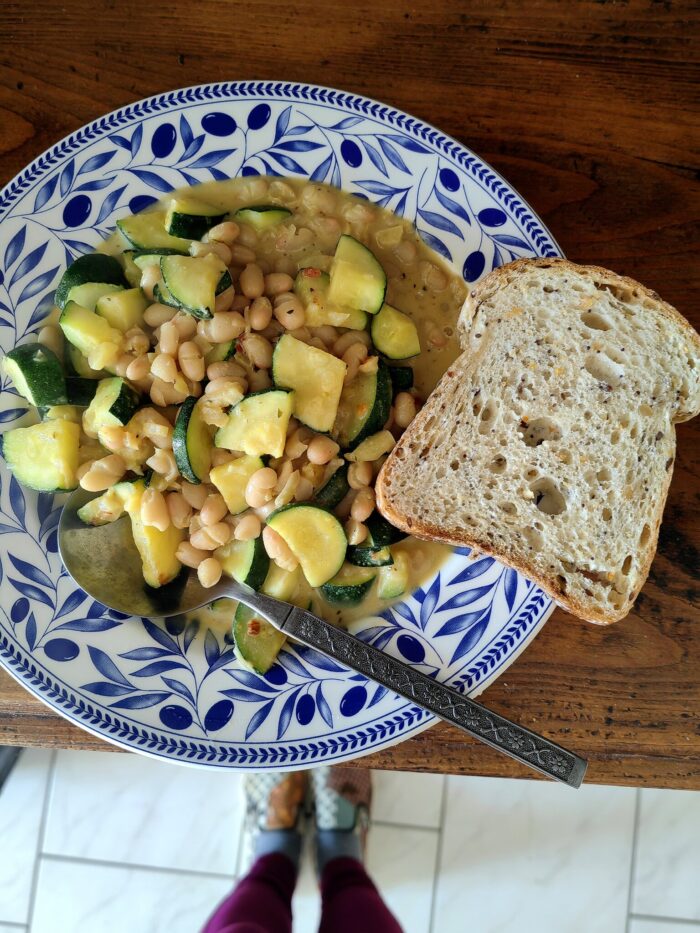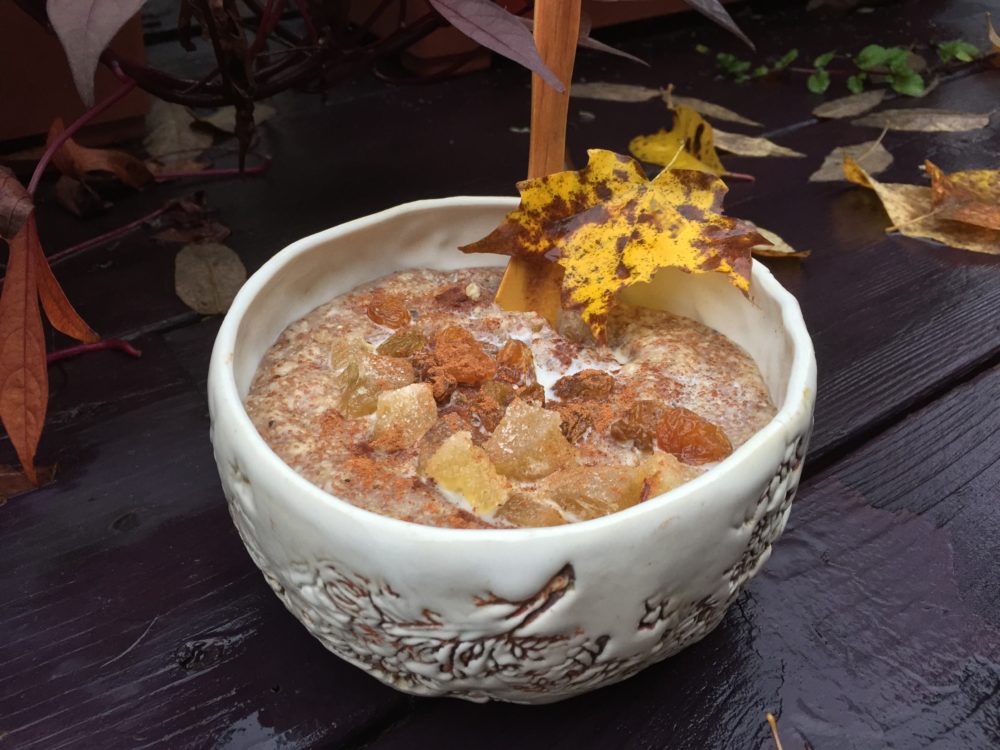“Get dressed NOW! We’re going to be late for church! Don’t make me break this door down!”
Rebellion is not borne out of freedom. That was roughly the same time I started lining my lips in black eyeliner and shaving my head in obtuse angles. If you take words and self-directed thought away from a child, they will resort to any and all measures to maintain some semblance of ownership over their minds and actions. There would usually be tears in my eyes, my heart pounding with violence, a mix of fear and rage, but I would stoically and quietly refuse to open the door and waited for the inevitable slam of the front door and the frustrated acceleration of his Granada as it left the driveway and zoomed down the road to church with the rest of my siblings and my mother.
Before that, when I was too young to physically rebel, I simply fell asleep during the sermon. For an 8-year-old, it was emotionally exhausting to listen to a very loud man yell and spit into a mic at us about being eternal sinners and about God being a jealous god... but…. also unconditional. It used to scare me. My aunt who was always beside me in church had a magnetic lap. If anything was demon-possessed, it was her lap. It drew my head, heavy with longing to melt away, until I started to sway.
As soon as I collapsed, drunk with sleep on her lap, I was gone….a million miles away. This aunt of mine was everything. She loved. She laughed. She smiled. She stroked our hair. She played with us. She teased. She comforted. The sight of her approaching the front door of our house cracked the ice in all of us in an instant. When she hugged us, we felt completely engulfed in her love. Her hugs in Summer cooled us and her hugs in Winter warmed us. How could anyone be so many things all in one body?
My childhood was filled with hardness and softness but mostly hardness. Everyone tried their best with what they had. I have memories of hugging my mother, almost with compulsion. Her belly was my world. When I became an adult and left home, my father would call me on the phone on my birthday and play Chopin on his sax to me then put the phone down without saying a word. If that’s not love, I don’t know what is. I still remember with absolute clarity, the sound of his cell phone clinking as he placed it on the bathroom floor tiles next to the chair he was sitting on.
It was a beautiful bathroom, pearl gray and white, sitting as the second-floor en suite in our very big home. The bathroom was at the south-east corner of our white-painted house.The south side of it overlooked my mother’s beautiful garden with eucalyptus bushes, a mango tree which grew up with us, a white clothesline under the mango tree and a compost bin next to that, before the land elegantly dipped down a level. It became more wild and unkempt with a beautiful, big “autumn tree” (that’s what we called it), on the left boundary of our property. It turned its leaves in a show of yellows, oranges and reds every year, causing me to drift into a state of mesmerized appreciation. My mother cried when she had to cut it down after we left home.
At the very bottom edge of our property sat a wild mulberry bush. On hot, African summer afternoons, with heat so thick and heavy, we’d fall into a drowsy stupor, we’d run to the mulberry bush straight after school, to relieve her of her treasures. We used to get large purple stains on our white school dresses and no doubt, a scolding would follow
The eastern side of the bathroom overlooked my Mother’s vegetable garden. She had a curry leaf tree, chili bushes, tomato vines, spring onion, cilantro, pumpkin, potatoes and many other experiments. The whole back of the house was verdant, abundant green valley. Houses were peppered in between the trees, just the rooftops visible. Occasionally, large beds of wild sunflowers would appear at the very bottom of the valley. We were never allowed to adventure that far out because there were also lost pets like boa constrictors, mambas and once even a dead puff adder baby found (or searched for) in the valley.
So, in this bathroom, overlooking all this splendor, is where my father used to perch with his sax. He would practice every single Saturday morning for most of his life. His chair faced the corner with two windows flanking him, as he played into the wall. The vibrato he produced echoed with so much story, carrying the full depth of all the unspoken words he had inside him. It traveled across the valley, caressing the top of the mango tree, heavy with that season’s fruit, riffling the resident monkeys’ ears, as they sat in a line on the garden wall plotting their next crime. His vibrato entered all the neighbors’ homes through open doors and windows, mingling with the sounds of morning coffee being brewed and breakfast being cooked. Every Saturday morning was safe and familiar when my father played his sax.
I’ve never told anyone this because, as a child, I was constantly crucified for being “too sensitive” but often I would just lay on my bed and listen, entranced by his melodies, accents and flourishes, where he played with passion and the moments when he pulled back, soft and sad. We never showed any emotions to each other but experienced each other from behind locked doors, in silence. Always in silence.
That’s what this dish represents, the old and familiar but with a singular voice. A visitation of memory but with a new paintbrush. Warm hugs in Winter and cool hugs in Summer. Stability amidst chaos, a new chapter. It’s not a groundbreaking dish. It simply is a story.
“Aloo Gobi” which has its roots in the Punjab region of India and into Pakistan and Nepal is now cooked to varying degrees of excellence in restaurants and homes the world over. It was only when I moved to Taiwan that I started learning my Indianness, unfettered by colonization. I was embarrassed that we do actually call everything “curry” back home. “Aloo gobi” felt foreign to me. I felt fraudulent saying it. The way my Indian friends’ cooked it for me when I first arrived in Taiwan was completely different to how we cooked it back home. It was much more complex served on banana leaf plates as we sat cross-legged on the floor on pretty, Bagh-printed fabric in an apartment in Taipei.
I call my version of Aloo Gobi “Pan-Roasted Potato and Cauliflower” not to sound lofty but because I don’t feel ownership of “Aloo Gobi.” I leave out the onion and tomato you would find in traditional Aloo Gobi and instead, create my own spice mixes added in separate stages. The spices include black pepper, cumin, turmeric and cardamom with whale mustard and fennel seed. The cauliflower is left to steam on the surface of the almost-cooked potato, at the final stage of cooking. A timer is set for 15 minutes to reach soft potatoes but al-dente cauliflower.
When plating, I spoon a large portion straight out of the steaming, hot pan, onto a sharing plate and pour a cold, creamy, mustardy, garlicky cashew salad cream on top, (warm hugs in Winter, cool hugs in Summer). It is dusted with crunchy pumpkin seed and loads of parsley, spring onion and cilantro.
Memory shapes us and also provides an opportunity for us to liberate ourselves, reinvent, give grace and express love. Our plates pay homage to the safe and familiar, to childhood tears, to warm hugs in winter and cool hugs in summer, to anger and rebellion and to music drifting across valleys.
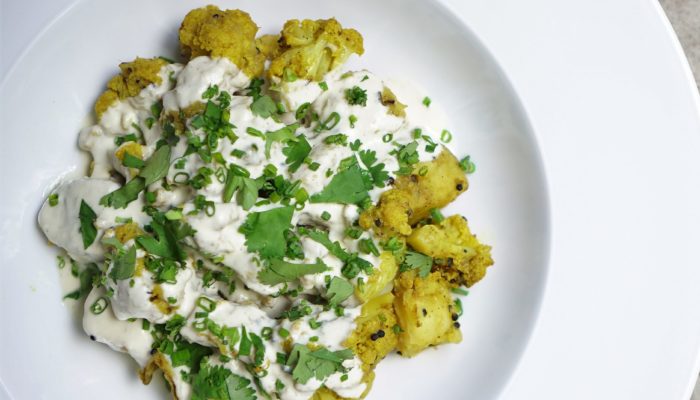

- 2 cups potatoes
- 2 cups cauliflower
- 2 tsp mustard seed
- 1 tsp fennel seed
- 1/2 tsp black pepper powder
- 1/2 tsp cumin powder
- 2 tsp cardamom powder
- 1 tsp turmeric powder
- 1 1/2 tsp salt
- 1 cup water
- cashew cream:
- 1 cup cashew
- 1 tsp dried dill
- 1/2 tsp salt
- 2 tsp lemon
- 2 tbsp raw apple cider vinegar
- 2 cups water

Directions
1. Wash, peel and cube your potatoes into 4 cm cubes. Set in a bowl of water so they don’t oxidize.
2. Thoroughly wash your cauliflower then cut into bite-sized chunks to roughly match the size of the potatoes. Set aside.
3. Prepare all your spices before you start the cooking process.
4. In a large, flat pan, add about 3–4 tbls of your favorite cooking oil.
5. Once the oil is medium hot, add the mustard seed and fennel seed.
6. Wait for the mustard seeds to start popping then lower the heat and add the rest of the spices. Cook for about 1 minute.
7. Add the water and further cook the spices for 1 more minute.
8. Drain the potatoes and add them to the pan, coating them well.
9. Put the lid on and let them cook slowly. Check occasionally. If it dries out, add about ¼ water. Ultimately, we are creating a dry dish, not a wet one so use water sparingly.
10. Once your potatoes are halfway way cooked, add the cauliflower. Lay them in a flat layer on top of the potato.
11. Place the lid back on and steam for 10 minutes.
12. In the final 5 minutes, thoroughly mix and cook until done through.
13. Don’t overcook the cauliflower. A bit of crunch next to soft potatoes is very pleasant.
Cashew cream:
1. Soak the cashews for about 6 hours. Rinse well then pour into blender.
2. Add the rest of the ingredients and blend on medium speed for about 5 minutes until silky smooth.
3. You can use the cream immediately but it does taste better after chilling for an hour or two.
4. The serving portion for this recipe is up to you. I prefer 1 cup.
5. Whatever is left over can be frozen for 1 month or refrigerated for 4 days.
Plating
1. A key feature of this dish is temperature. Serve the potatoes and cauliflower on a pretty serving plate, piping hot and pour the cold salad cream right before serving.
2. Garnish with finely chopped parsley, cilantro and spring onion.
3. Sprinkle generously with toasted pumpkin seed.
Get more like this—Sign up for our daily inspirational newsletter for exclusive content!
__
Photo: Prashantha Lachanna
